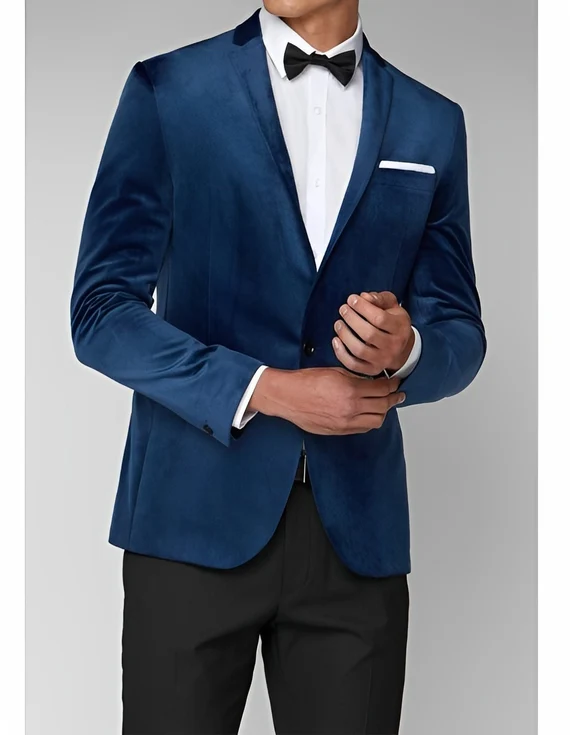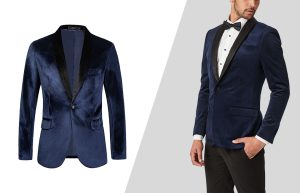What Is the Mystery Behind the Well-Dressed Man’s Disguise in Blue Velvet?

Summary
David Lynch’s Blue Velvet is a film that is rich with symbolism, hidden meanings, and complex characters. One of the most intriguing figures in the film is the well-dressed man, whose disguise plays a pivotal role in the story. In this article, we’ll dive into the mystery behind the blue velvet well dressed man disguise, offering a Blue Velvet movie analysis, exploring the disguise in Blue Velvet, and uncovering the hidden meanings behind this character. We’ll also discuss symbolism in Blue Velvet, David Lynch’s insights, and provide a character analysis of the well-dressed man in the Blue Velvet well-dressed man scene.
Introduction: Blue Velvet Well Dressed Man Disguise
In the 1986 film Blue Velvet, directed by David Lynch, nothing is as it seems, and this is most evident when analyzing the character of the well-dressed man. A key figure in the narrative, his disguise and role in the story serve as a metaphor for the darkness that lurks beneath the surface of suburban America. Lynch’s use of the well-dressed man in Blue Velvet is a masterclass in symbolism, inviting viewers to delve into the hidden meanings within the film.
In this article, we will dissect the blue velvet well dressed man disguise, explore the themes in Blue Velvet, and break down the Blue Velvet character analysis of this mysterious figure. Additionally, we’ll examine the disguise in Blue Velvet, looking at how Lynch uses this character to explore themes of duality, deception, and identity.
The Well-Dressed Man: A Mysterious Disguise in Blue Velvet

The well-dressed man is introduced early in Blue Velvet as a character whose appearance seems to be at odds with the chaotic, dangerous world he inhabits. On the surface, he presents as refined, composed, and wealthy, wearing a sharp suit and carrying himself with the air of authority. However, this exterior is a disguise, a deliberate choice by Lynch to highlight the contrast between the seemingly perfect suburban world of the film and the darker, more twisted realities hidden beneath.
The well-dressed man in Blue Velvet represents a key element in Lynch’s exploration of hidden meanings. His disguise serves not only as a physical shield but also as a symbol of the false facades people maintain to hide their true selves. In this case, the well-dressed man’s disguise reveals the duality of his character: he is both a man of power and sophistication, and a dangerous, morally corrupt individual involved in a world of crime and violence.
The Symbolism of the Well-Dressed Man
The symbolism of the well-dressed man is crucial to understanding Blue Velvet. His appearance in the film is jarring because it contrasts so sharply with the raw, unsettling violence he later participates in. The well-tailored suit is a visual metaphor for the sanitized, idealized world of the American dream, a world that is ultimately revealed to be a facade. Underneath the polished exterior, there is rot and decay — a theme central to Lynch’s work.
In Lynch’s universe, appearance is often at odds with reality, and the well-dressed man’s disguise is the perfect example of this contradiction. His outward appearance hides a much darker truth, one that speaks to the underbelly of American society and the corruption that lurks in places people least expect.
David Lynch’s Blue Velvet Insights: Disguise and Identity
David Lynch is known for his complex characters and cryptic storytelling. In Blue Velvet, the well-dressed man plays a pivotal role in this tradition. Lynch uses the concept of disguise throughout the film to explore the theme of identity and how people can mask their true nature.
The well-dressed man’s role as a “disguised” character reflects the film’s broader themes of hidden truths and societal masks. Just as his appearance masks his true intentions, the suburban setting of Blue Velvet masks the darker forces that operate within it. Lynch uses this character to illustrate how individuals often construct false identities, particularly in the context of societal expectations and personal ambitions.
The disguise in Blue Velvet is not just a tool for plot development; it is a key to understanding the psychological landscape of the film. The character’s carefully crafted identity allows him to function in both the glamorous world of high society and the seedy underworld, emphasizing the fluidity and malleability of identity in Lynch’s films.
Blue Velvet Character Analysis: The Well-Dressed Man’s Role
The well-dressed man in Blue Velvet is more than just a minor character. He serves as a representation of the film’s larger commentary on the human condition. His disguise is a mechanism through which Lynch explores the notions of control, power, and deception.
In the film, he plays a pivotal role in the storyline, especially in the tense Blue Velvet well-dressed man scene, where his actions begin to unravel the carefully constructed facade of the suburban world. As the film progresses, the true nature of his character emerges, showing him to be a villain with deep ties to the film’s dark undercurrents.
The Power of Appearance
The well-dressed man’s disguise is central to the power dynamics in Blue Velvet. As a man of wealth and status, he represents the upper class and its ability to conceal its vices behind a polished exterior. His manipulation of his identity allows him to move between two worlds: the one of high society and the one of illicit activity. His disguise, thus, represents the way in which the powerful can hide their true selves, using appearance to mask their moral corruption.
Themes in Blue Velvet: Hidden Truths and Duality
Blue Velvet is rich with complex themes, and the blue velvet well dressed man disguise is integral to the exploration of these themes. Some of the key motifs in the film include:
- Duality of Human Nature: The contrast between the well-dressed man’s appearance and his actions reflects the duality of human nature, where individuals can harbor both light and dark within themselves. This duality is mirrored in the film’s portrayal of suburban life, which seems idyllic on the surface but is steeped in violence and corruption.
- The Corruption of the American Dream: Lynch critiques the American dream by showing that the perfect, polished exterior of suburbia often conceals deep moral decay. The well-dressed man’s disguise is a metaphor for this illusion of perfection, masking the darkness beneath.
- Identity and Disguise: The theme of disguise runs throughout the film, with several characters hiding their true intentions and desires behind masks. The well-dressed man is a perfect example of how identity can be manipulated and obscured, leading to questions about who we really are beneath the surface.
Frequently Asked Questions (FAQs)
Q1: What is the role of the well-dressed man in Blue Velvet?
A1: The well-dressed man in Blue Velvet represents the theme of duality, where appearance masks the true nature of an individual. His disguise allows him to navigate both the world of high society and the criminal underworld, reflecting the film’s exploration of hidden truths.
Q2: Why does the well-dressed man wear a disguise in Blue Velvet?
A2: The well-dressed man’s disguise is a tool used by Lynch to symbolize the false facades that people maintain to hide their true selves. It reflects the larger themes of deception, power, and the malleability of identity within the film.
Q3: What does Blue Velvet say about the American Dream?
A3: Blue Velvet critiques the American Dream by revealing the darkness hidden beneath the seemingly perfect surface of suburban life. The well-dressed man’s disguise exemplifies this theme, as it covers up the corruption and violence that lie beneath.
Q4: How does Blue Velvet use symbolism in its storytelling?
A4: Symbolism in Blue Velvet is used to convey deeper meanings about human nature, society, and the complexities of identity. The well-dressed man’s disguise is a key symbol that reflects the contrast between appearance and reality in the film.
Conclusion: Blue Velvet Well Dressed Man Disguise
David Lynch’s Blue Velvet is a film that is rich in symbolism and hidden meanings, and the mystery of the blue velvet well dressed man disguise plays a crucial role in exploring these themes. Through this character, Lynch examines the duality of human nature, the power of appearances, and the dark truths lurking beneath the surface of suburban life. By analyzing this character and his disguise, we gain deeper insights into the larger themes of Blue Velvet, making it a film that continues to provoke thought and discussion.
What do you think the well-dressed man represents in Blue Velvet? Share your thoughts in the comments below! And for more insights into Blue Velvet and other iconic films, don’t forget to visit FMovies for the latest updates and analysis.
Leave a Comment